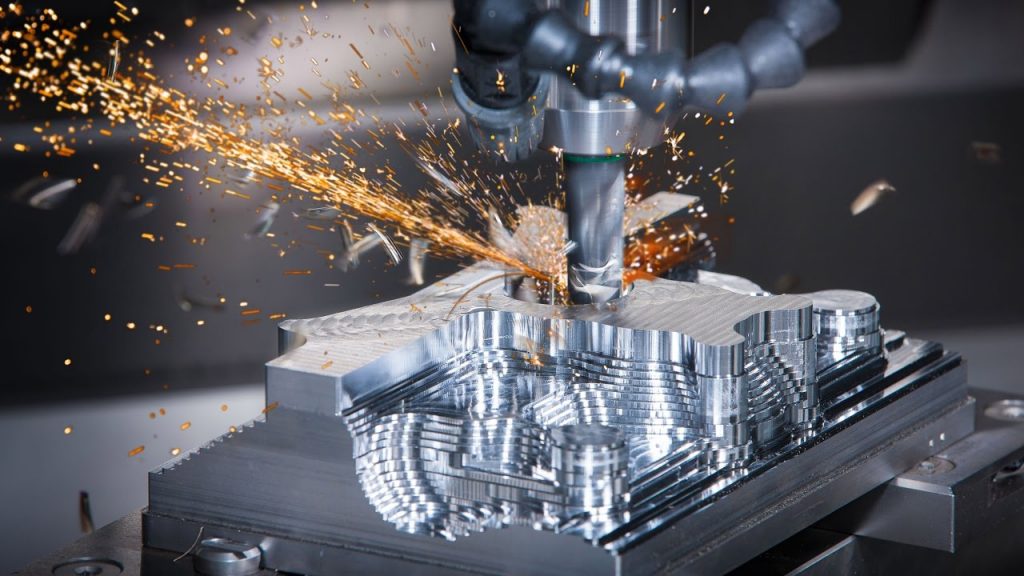Designing parts of CNC machining requires few easy steps. One can explore the broad capabilities of CNC machining by following some design for manufacturing rules. And since no industry-specific standards exist, attaining this can be highly challenging. Although there are no industry-specific standards, we have compiled several best practices for CNC machining here. Read on to acquire comprehensive information on this!
CNC machining design guidelines!
CNC machining and tool manufacturers consistently enhance their technological capabilities and extend their ability to explore the new and innovative methods possible. Here the below-mentioned information and values for common featured CNC machinery parts can sum up the standard guidelines, following which can be beneficial.
Pockets and Cavities
Ample end mills tools have a specific cutting length that is generally 3 to 4 times their diameter. However, limiting this cavity depth to 4 times can ensure more satisfactory outcomes. And the chip evacuation, vibrations, and tool deflection has become more prominent when the cavities include a reduced depth-to-width ratio.
Therefore, the recommended cavity depth is four times the overall cavity width.
Deep Cavities milling
Cavities having higher depth greater than six times the tool diameter, are often considered deep.
Internal edges
1 . Vertical Corner radius
Utilizing the recommended internal corner radii values ensures that a specific diameter tool can be used and aligns well with the recommended guidelines for desired cavity depth. Therefore, the recommended vertical corner radius is 1/3 times the depth of the cavity.
2. Floor Radius
The mill tools have a slightly rounded or a flat lower cutting edge, and to get the desired outcomes, it is always good to follow the best practices to utilize the recommended values. The recommended floor radius is 1 mm or 0.5 mm, or no radius.
Thin walls
The decreased wall thickness diminishes the material stiffness, which leads to enhanced vibrations during CNC machining while lowering the attainable accuracy.
Therefore, the recommended thin wall specifications include 0.8 mm for metals and 1.5 mm for plastic which is feasible for 0.5 mm and 1.0 mm, respectively.
Holes
1. Diameter
Holes are made using an end mill tool or a drill bit. The drill bits size is standardized, while to attain the higher accuracy homes, a diameter lesser than 20 mm is recommended. This is with the standard diameter holes.
2. Maximum depth
For non-standardized diameter holes, machining with an end mill tool is required. In such cases, the maximum cavity limitations are applied, and the recommended maximum depth value is required to be utilized.
Therefore, the recommended maximum depth is four times the nominal diameter; the typical value is ten times the nominal diameter, and the feasible one is 40 times.
Thread
1. Thread size
Threads are cut with the taps with a minimum M1 size, and the recommended size for the thread sizing is M6 or larger.
2. Thread Length
Most of the load is applied to the threat, so the minimum thread length is 1.5 times the nominal diameter, while the recommended one is three times the nominal diameter.
Small features
The recommended minimum hole diameter is 2.5 mm, whereas the feasible value is 0.05 mm.
Tolerance
Tolerance generally defines the specific boundaries for an acceptable dimension. The typical attainable tolerance value is +- 0.1 mm, and the feasible one is +- 0.02 mm.
Texting and Lettering
The engraved text type is preferred over the embossed one as doing so requires less material removal. So, the recommended font size is 20 or larger with 5mm engraved text.
Bottom Line!
Following the above-mentioned best practices and information can helpfully attain the desired outcomes. THINK3D has compiled the best information and follows the same to achieve excellence in CNC machining.
